6. Drive (2011), Do You Wanna See Something?
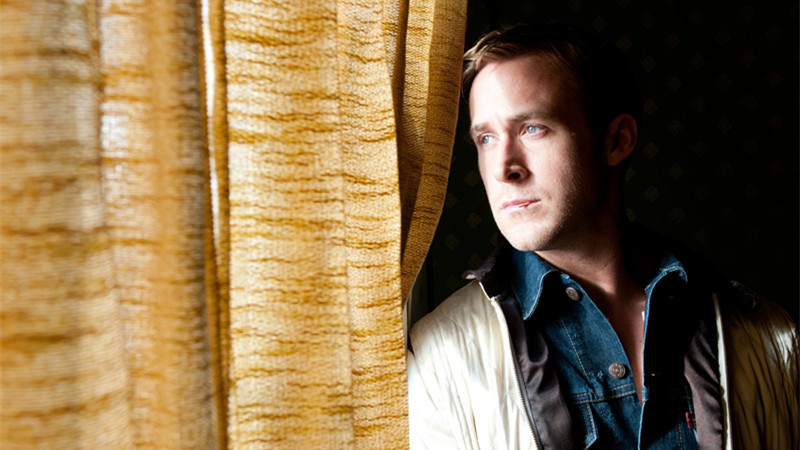
Scene: With his first major Hollywood production, Refn channels his art-house origins through the filter of a contemporary crime story and, in striking a balance between both, creates a neo-noir classic for the new millennium.
In its depiction of L.A.’s seedy underworld, Drive follows the story of a nameless getaway driver (who is simply dubbed “Driver”) as he navigates his way through the city’s criminal hierarchy while also attempting to connect with a woman and her son who live next door. Driver’s life is intensely focused on the job, whether it’s working on cars at the local garage or timing a robbery to ensure their perfect getaway, but this life voids him of any lasting emotional connections and makes true relationships impossible.
When Driver first meets his neighbor Irene and her son, Benicio, an immediate attraction can be felt between them, and although they exchange very few words, the feeling is clearly mutual. After Irene brings her car into the garage where Driver works, he accepts an offer to drive them home, but then surprises them by taking a scenic route through the L.A. River.
In a colorfully bright montage set to College’s “A Real Hero”, the three of them glide along an almost non-existent river with hearteningly exuberant smiles on all of their faces. At the end of the river is a small area of trees and a glimmering pond where Benicio plays while Driver and Irene savor the moment of tranquility together; the last one they will have for the remainder of the film.
Significance: In a film packed with such stylish visuals and kinetic performances, this scene is particularly seeped in aesthetic flourishes, but is also important for denoting a temporal shift between Driver’s life before and after this moment.
Before meeting Irene and Benicio, Driver’s life as a professional getaway driver is comparatively straightforward and the line between his duties and ambitions is well enough balanced to make life “simple” overall. But after he meets them, Driver’s world is immediately thrust into chaos, especially so after meeting Irene’s ex-con husband, Standard, and feels obligated to help him out of a tough spot however dubious it may be.
Refn drenches the whole scene in vibrant sunlight – a striking difference compared to the rest of the film – and uses the pulsating soundtrack to emphasize an ecstatic catharsis which Driver seems to have never truly felt before.
Similarly, the private oasis tucked at the end of the river appears extraordinarily serene and hints at this radical divergence from what Driver has previously experienced, as if Irene and Benicio’s very presence allows Driver a release from the self-imposed confines of his criminal lifestyle. The sheer beauty of this scene helps to create a distinct contrast between the life Driver desperately wants and the life his actions will ultimately decide.
7. Drive (2011), Bernie’s Betrayal
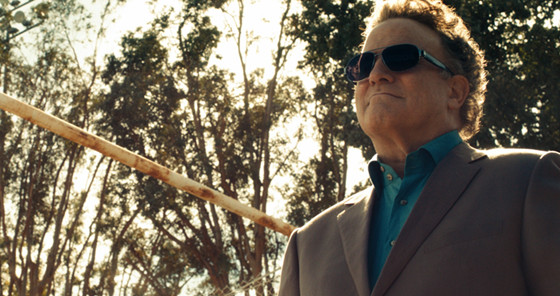
Scene: As Driver’s previously orchestrated life becomes irreparably altered, his attempts to help the ones he cares for become even more challenging and the circumstances harder to control.
With a botched robbery and the knowledge of which party the money belongs to, Driver is put into the crosshairs of an L.A. mob syndicate who wants any loose ends connected to the crime tied up and buried deep. At the heart of this syndicate are Nino and Bernie, two East Coast mobsters with an interest in establishing themselves permanently and an intimate understanding of what Driver stands to lose should he not come through. In the end, Driver reacts to this threat accordingly.
After running Nino off the road and drowning him in the ocean, Driver calls Irene to tell her that he will be leaving the city soon, but that meeting her and Benicio was the greatest thing that has ever happened to him. He then makes a deal with Bernie who promises him that Irene and Benicio will be safe as long as he gets the money, but once they finally meet, Bernie tries to kill Driver by stabbing him in the abdomen.
Driver quickly draws his own knife and fatally wounds Bernie, leaving him and the money behind as he drives away. After Irene knocks at his door with no reply, the final shot shows Driver as he heads off into the night, his fate ambiguously open-ended.
Significance: The final confrontation between Driver and Bernie is brilliantly depicted through a series of crosscuts from their conversation in a Chinese restaurant to the money handoff outside in the parking lot.
As a quick glimpse is shown of them beside Driver’s car making the trade, Bernie’s voice is heard overtop the scene and creates an uneasy dissonance foreshadowing what is to come. Once the actual struggle and subsequent bloodshed ensues, we as the audience receive a sense of confirmation that Driver’s fate is already decided and that however the rest of the scene plays out, Driver is doomed to never see Irene or Benicio again.
In a stroke of cinematic genius, Refn lingers on the shot of a presumably dead Driver as he sits motionless and bloodied in the driver’s seat with his eyes laid open. The nearly silent shot seems to go on forever, but then the faint sound of College’s “A Real Hero” can be heard as it slowly becomes louder and Driver suddenly blinks! As if the music is a source of life, breathing air back into Driver and sending him hurtling towards a future existence, it plays out for the rest of the film and signifies the possibility of a new beginning, not only for Driver, but Irene and Benicio as well.
8. Only God Forgives (2013), Julian Fights God
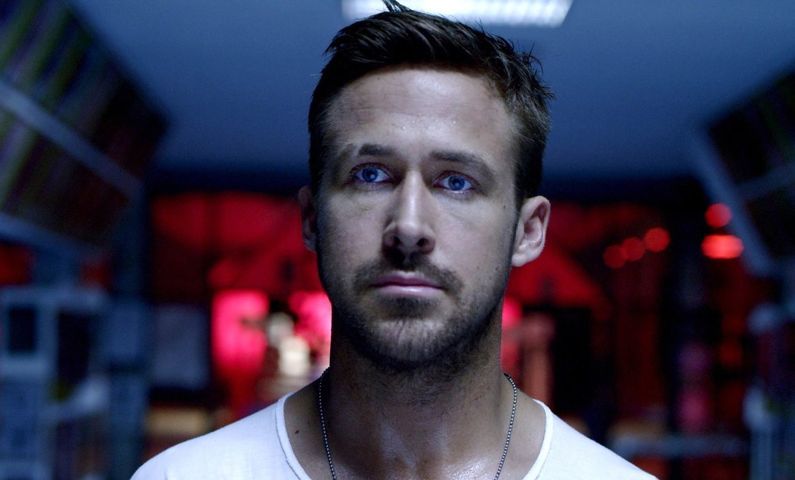
Scene: Upon release, Refn’s visually arresting love letter to undiluted violence was met with polarized opinions, with some citing the film as too self-indulgent while others heralded it as a modern master work. However one might feel about it, Only God Forgives is an unquestionably unique study into the nature of past trauma and the violent influence these traumas have over the course of our lives. The film follows an expatriate named Julian, whose family owns a Thai boxing club used for drug smuggling, and who spends the majority of the film tracking down the men responsible for the death of his brother.
After raping and killing a young prostitute, Julian’s brother is murdered by the girl’s father under the authority of a local police Lieutenant named Chang. Julian’s mother tasks him with finding Chang and the girl’s father in order to avenge his brother’s death, but Julian finds Chang’s form of justice respectable and wishes to challenge him to a boxing match.
Julian finally tracks him down and Chang is receptive to his offer, so the two of them meet in Julian’s club to compete in the symbolic match against one another. Though he starts off composed and eager to prove his skill, Julian is no match for Chang and can’t even land a single blow against the god-like figure.
Significance: Julian’s fight against Chang truly is a bout against God, as Chang seemingly represents a force of biblical justice defined by an eye-for-an-eye attitude towards crime and who unsparingly inflicts pain onto those who he deems deserving. Chang’s demeanor is unchanged throughout the film, including the fight against Julian, and gives the impression that his understanding of the world around him is pure and supreme to all.
Though Julian shows him respect and a certain amount of adulation, he remains a criminal in Chang’s eyes and therefore represents the very element of which Chang strives to destroy and rid his city.
Before their fight begins, Refn chooses to frame Chang and Julian in front of a giant mural depicting the face of a red dragon, which hints at the force hiding behind Chang’s unassuming appearance. As Cliff Martinez’s masterful score begins to swell, Julian approaches Chang and begins to circle him in an effort to intimidate and garner Chang’s response, the latter of which won’t come until Julian attempts to strike first albeit unsuccessfully.
With minimal force and an almost apathetic reaction, Chang rebuts every punch and kick Julian throws and easily defeats him within a matter of moments. As Julian falls to the floor in a pool of his own blood and Chang looms large and immortal overhead, Refn has successfully created one of the most iconic scenes in his whole filmography.
9. The Neon Demon (2016), Jesse’s Break
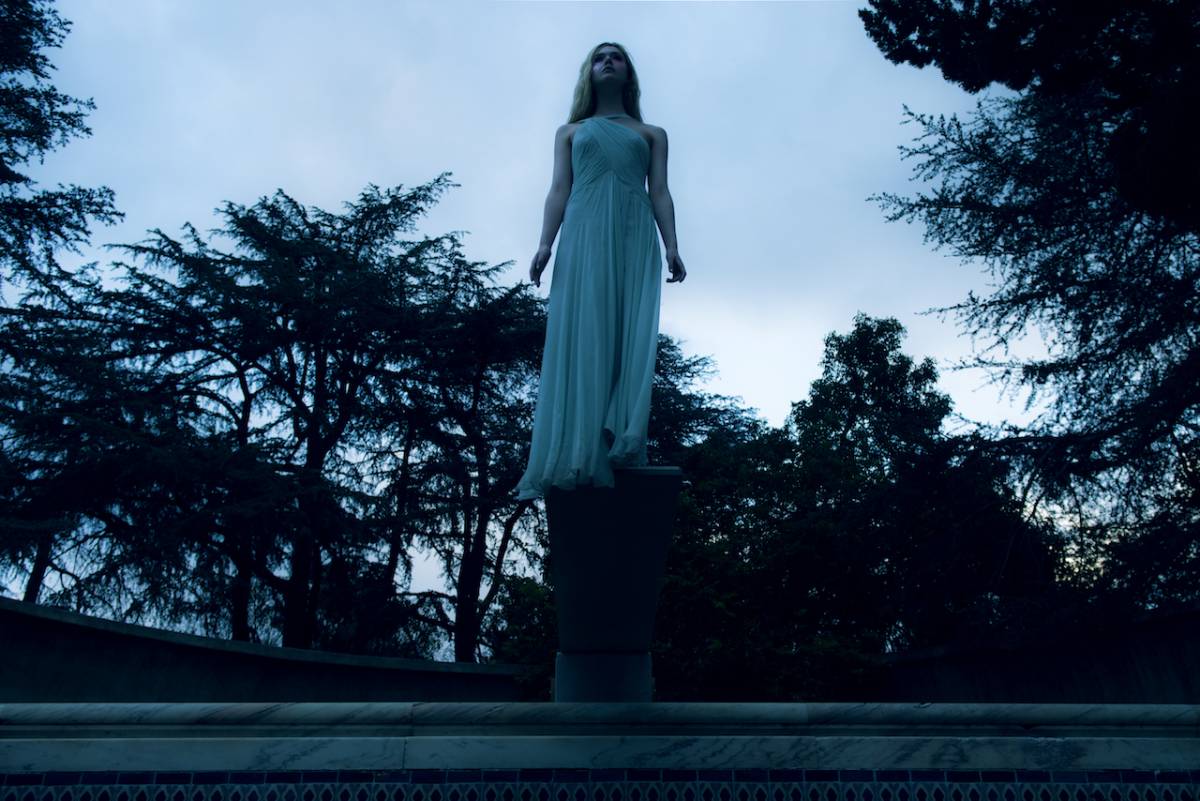
Scene: The Neon Demon is Refn’s most recent film to date and effectively encapsulates many of the same themes and visual storytelling components present in much of his work, including methodical pacing, lurid violence, and an emphatically vivid neon color pallet.
Set in the cutthroat world of fashion modeling, the film revolves around Jesse, a young girl who travels from her small hometown in Georgia to Hollywood in an effort to jumpstart her career as a successful runway and photography model. During an amateur photoshoot, Jesse is discovered by a makeup artist named Ruby who inducts her into the fashion lifestyle and introduces her to other models displaying a suspicious fascination for Jesse’s beauty.
Jesse is soon chosen to be the closing model at a fashion show hosted by a famous designer, a decision which visibly upsets veteran model Gigi who then voices her envy for Jesse’s easy break into the modeling world and warns the young girl of peaking too early.
While onstage, Jesse has visions of an ominous glowing triangle beckoning her to approach, as well as a three-part mirror that refracts Jesse’s image into multiple appearances and hints as a possible transformation taking place. After the show, a noticeably altered Jesse goes out to celebrate and exhibits actions and attitudes that are very much uncharacteristic of her before the show.
Significance: Earlier in the film, Jesse is shown to be a meek and mild-mannered young girl whose possible attraction to modeling is based out of a longing for acceptance rather than a reflection of vain. She seems to truly admire Ruby and the other models around her, earnestly accepting their compliments and advice while also ignoring the venial assumptions made about her.
This distinctly honest personality also highlights the dramatic changes Jesse undergoes during the show, as the images of the glowing triangle and split mirrors undoubtedly alludes to her transformation from a naïve, small-town girl into the stereotypical narcissistic model.
Refn’s visual mastery over this scene is impressively structured and establishes a clear representation of Jesse’s fractured psyche as she progressively manifests into a new person altogether. The hallucinatory imagery evokes feelings of lustful veneration and desire, and suggests the existence of a place from within Jesse where this contrasting version of her is created.
The glowing triangle implies a symbolic doorway through which Jesse enters to find this place where anything is possible, but not without consequence. As she looks at herself in the mirrors, a choice is made and Jesse becomes someone else entirely. Unfortunately for her, this new identity will prove to be too irresistible for those willing to do the unthinkable in order to achieve perfection.
10. The Neon Demon (2016), Jesse’s Eye
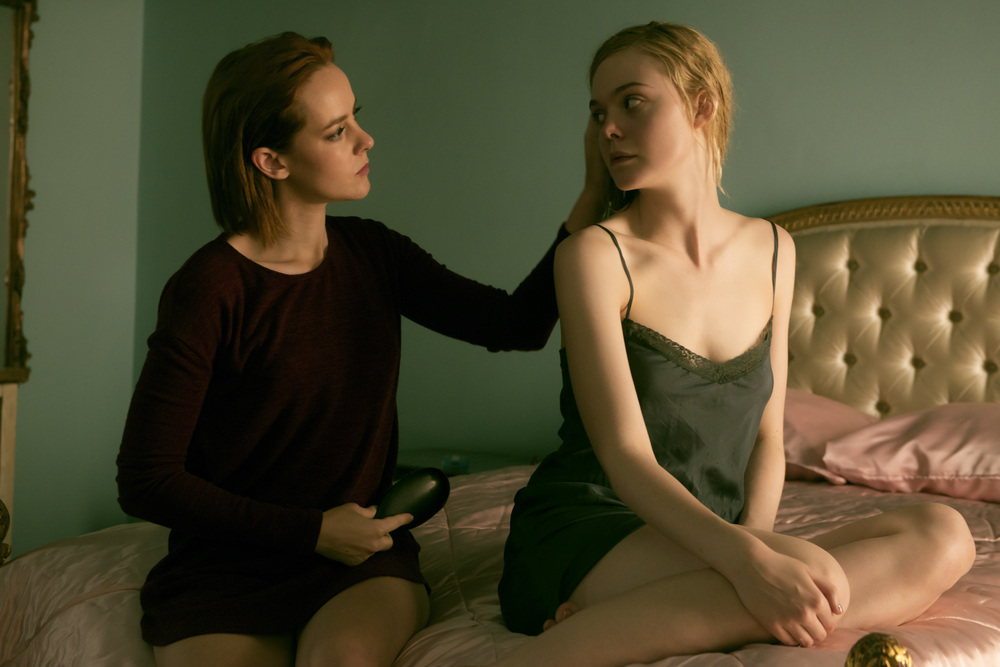
Scene: As Jesse becomes increasingly self-absorbed and comfortable with her newly discovered egotism, Ruby and her two modeling friends, Gigi and Sarah, start to become even more desperate for her success, as well as Jesse’s overall essence. While staying with Ruby, Jesse rejects her romantic advances and reveals that she is a virgin, but this knowledge only entices Ruby more as she plots against Jesse with Gigi and Sarah. The three of them decide to ambush Jesse and pursue her until she falls into an empty pool and dies, prompting the women to descend on her with intentions far worse than Jesse could have ever imagined.
Later at a photoshoot with Gigi, Sarah makes a macabre joke about eating a girl who got in the way of her career, which humors one of the models but horrifies Gigi as she realizes what they have actually done. Sarah is then noticed by the photographer and asked to replace the other model alongside Gigi, affirming her vanity and belief in the effectiveness of her actions against Jesse.
In the middle of the shoot, Gigi appears faint and wanders off into the house, closely followed by Sarah who finds her retching out one of Jesse’s eyeballs and screaming with guilt for what they did before stabbing herself in the stomach with a pair of scissors. Sarah idly watches as Gigi bleeds to death and then proceeds to eat the eyeball herself, dispassionate tears streaming from her eyes as she walks back to the photoshoot.
Significance: In this shocking finale, The Neon Demon proves to be one of the most delightfully demented films in recent memory and confirms Refn’s visual brilliance at constructing scenes such as this with as much artistry as exhibitionism.
From the moment that Jesse realizes her fate is sealed, to the moment Sarah learns what her success will cost, the image-obsessed world being displayed here is saturated with a sense of palpable desire and reflects a truly horrifying depiction of our own narcissism. Far from being a moral lesson on the destructive nature of vanity, the film is keen on showing the utter futility in idolizing one part of ourselves or obsessing over a physical aspect of another.
As if the majority of the film were not surreal enough, the final scene at the photoshoot embodies a dreamlike quality which is reinforced by unusually framed shots and a synthesizer-heavy score. The color scheme is as flamboyant as ever with the blues and reds being particularly striking and making up a large proportion of the colors onscreen, especially when Gigi vomits up Jesse’s bloody red eye onto a bright blue carpet.
By acknowledging and accentuating these stylistic flourishes, the same kind which fans have grown to love and appreciate in his previous works, Refn challenges the typical criticisms of “style-over-substance”, and makes a strong case for other directors to abandon Hollywood conventions and produce wholly original art.
Author Bio: Eric Nielson is an aspiring screenwriter and critic working in the U.S. He studies filmmaking in all its forms and has a penchant for P.T. Anderson, 70’s noir, and Mexican cinema.